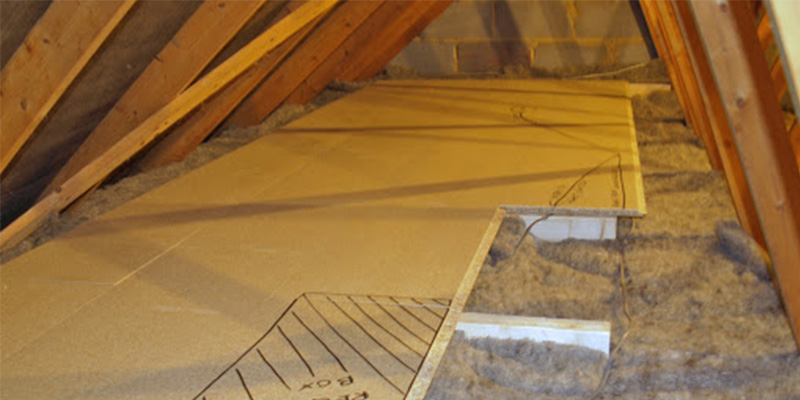
When Should you Replace your Home Insulation?
Depending on the type of insulation that has been installed in your home, it may need replacing at some point. Understanding this sooner, rather than later, can be extremely helpful, by saving you money, health and more. Whether you are planning on renewing your insulation, topping it up or if you have not even considered it, it is important to understand why it should be replaced if it is becoming old and potentially hazardous. Knowing when is best to replace your insulation in your home all depends on the type of insulation your residential property currently has installed. Different forms of insulation have different lifespans and succumb to certain conditions.
Types of Home Insulation
Spray Foam Insulation
If your home has been professionally installed with spray foam, then you are in luck. This is one of, if not the most, durable form of insulation available for your house. Spray foam insulation is estimated to last as long as your home, or even longer, therefore, if your property has this insulant installed, then, more often than not, you will not need to replace it.
Spray foam material is highly durable due to it being mould resistant, moisture resistant, robust and does not act as a source of food for rodents. Unless physically moved, spray foam is immovable. Most people who have spray foam insulation installed in their home do not need it replaced. However, if in extreme circumstances, such as extremely harsh weather, construction issues or poorly installed foam, then you may need to replace it or repair it.
Cellulose Insulation
This form of insulation, which consists of recycled materials, is eco-friendly and highly effective at blocking air and can even help to protect your home in the case of a fire. Although cellulose insulation is great because it is made out of recycled materials, this is also its downfall. Over time, this insulant will degrade, typically, the lifespan of cellulose ranges from 20-30 years, but you may experience some issues after 15 years of cellulose installation.
Note, these estimations are based on typical home conditions and not those that are subject to rare occurrences such as construction issues or severe weather conditions.
Mineral Wool Insulation
Mineral wool is provided in various forms such as glass wool, rock wool, slag wool and more. Therefore, the typical lifespan of mineral wool insulation will depend on the form used. However, it is a fairly durable and common form of insulation and is expected to last a couple of decades before degrading.
Notably, mineral wool insulation is commonly used as a “topper” insulant, that is used in addition to a foundation insulation. Therefore, this may need to be replaced even if your home has longer-lasting insulation elsewhere.
Fibreglass Insulation
Fibreglass is a popular form of home insulation and is typically installed in batts. Although the insulant itself can last from 80-100 years (unless damaged), where it has been installed in batts, it can start to loosen and degrade from around the 15–20-year mark. Luckily, as your home insulation degrades it will be noticeable through draughts that enter your home, higher energy bills and rooms that seems to be colder than usual.
Additionally, it is also important to note that the age of a property can play a big part. Older houses that are more likely to have be installed with older forms of insulation, these types of insulation may be of lower-quality and may have started to already degrade. Therefore, it is always important to perform an initial insulation check when you first move into any property, but especially ones that are older.
Common Signs that Show your Insulation Needs Replacing
- Leaks, condensation or moisture issues.
- Movement in the insulation, shifting.
- High energy bills.
- Insects, rats and rodents' issues.
- Sudden allergies or illnesses in the home.
- Draughty household.
- Home temperature is erratic.
Common Causes that can Weaken Insulation Quicker
- Older home.
- Punctured insulation (storms, construction or animals).
- Water damage to the roof.
- Mould growth.
- Dirt or dust accumulation on the insulation.
- Weather or fire damage.
- Batt insulation installed.
- Loose-fill insulation installed.
Insulation Auditing
Luckily, at Eco Spray Foam Systems, our experts can help you conduct an overview, assessment and consultation of your current insulation and make recommendations to help better insulate your home.
If you are experiencing any issues, you can call us directly on 0203 411 5188 and speak to one of our insulation experts. Moreover, if you are looking for insulation for your Energy Performance Certificate (EPC) or wish to apply for an EPC, then you can fill out our form on our EPC Request page.


